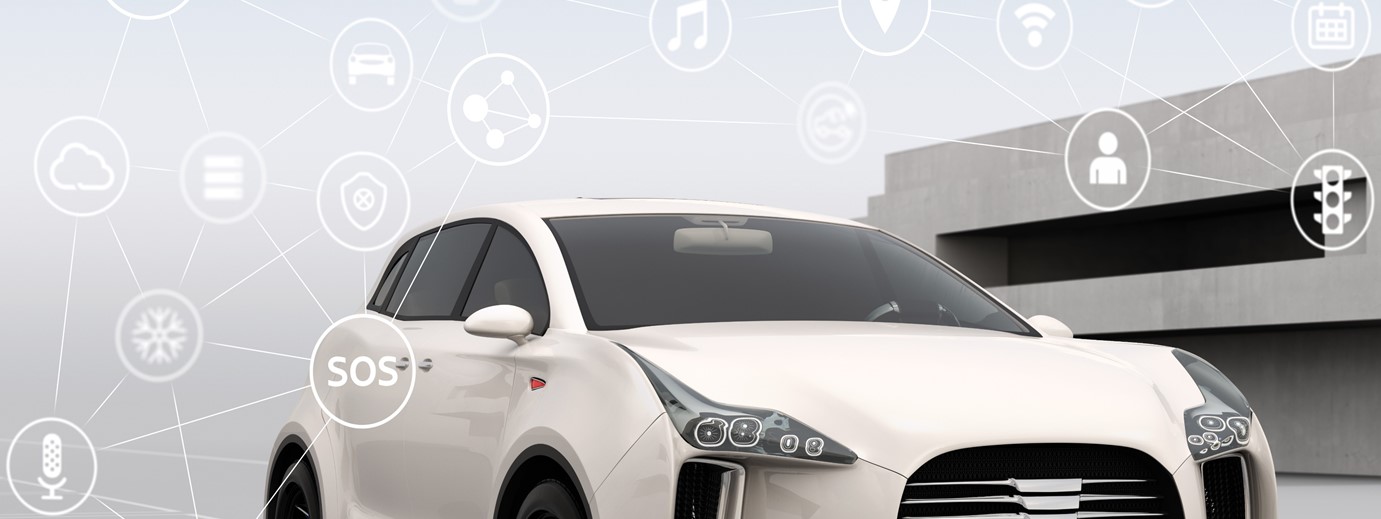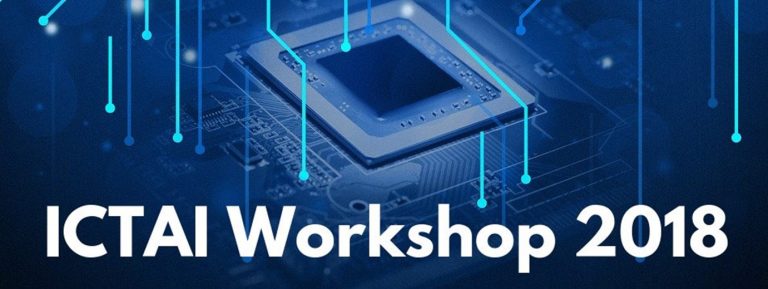There is no denying the fact that Connected Cars have the potential to revolutionize the Automotive Industry. The concept of connected cars first surfaced when General Motors rolled off its OnStar service in the market. OnStar was the world’s first in-vehicle, hands-free voice communication system, that used GPS to provide a host of services ranging from driving directions to emergency assistance to the in-vehicle driver. The concept was connectivity. Since then the automotive industry has evolved and we are now in the exciting phase of next-generation driver assistance systems that can park the car autonomously, maintain a safe distance from other vehicles at highway speeds, and warn drivers of the dangers ahead. Communications, Infotainment, and so-called Well-Being technologies are making driving more convenient and safe.
The auto industry is poised for more change in the coming five to ten years than it’s seen in the past 50 years.” Mary Barra, CEO, General Motors
Connected Car categories
The term connected car is a mainstay in the vision for the future of automobiles and involves a broad range of concepts from internet connectivity to driverless mobility. To understand the term more deeply, let’s quickly run down the categories listed below:
Mobility Management: This includes all the systems that allow drivers to reach their destination points quickly, safely, and at a reasonable cost with less fuel consumption. Things like current traffic information, optimized fuel consumption, and parking lot or garage assistance.
Telematics: Basically, functions that aid the drivers in slashing down the operating costs and elevating ease of use and maintenance. For example, remote-control unlocking and starting, onboard information about vehicle condition, service reminders, GPS and GSM based vehicle tracking and transfer of usage data.
Infotainment: Entertainment has been a basic need in every vehicle since Motorola released the first ever car radio in 1930. The infotainment system includes all entertainment and communication functions for drivers and passengers. Examples of Infotainment include smartphone interface, WLAN hotspot, Bluetooth, BLE, Music, Video, Social media, live streaming mobile office and CAN based communication.
Safety: It comprises of all the functions that warn or alert the driver about external danger and internal responses of the car to danger. Examples include collision prevention, emergency alerts, and hazard warnings.
Autonomous Driving: Autonomous driving includes a group of technologies that can improve or take control of the car. Examples of this system are operational assistance, auto brake for obstructions, autopilot in heavy traffic or congestion, in parking, or on highways.
Well-being: This system serves the comfort and safety of drivers through a combination of technologies. For example, drowsiness/fatigue detection, automatic environment adjusting system that optimizes the climate, music, and even seat functions to keep drivers alert.
Connected cars: Creating new avenues for customer-centric connected journeys
A variety of advanced technologies is in the works that promise to make vehicles more digitally connected than ever, with the ability to sense other vehicles on the road, think about how much fuel is left, and take the driving control with a push of a button. It is true that you may not be able to leave the steering control of your car yet, but you certainly will in the coming years!
BI Business Intelligence forecasts that by 2020, more than 380 million connected cars will be on the road, a sharp increase from 36 million in 2015.
In the current times, companies are foreseeing ample growth opportunities in assembling tech-driven connected cars. Carmakers in partnership with tech pioneers will benefit significantly through the close connections these next-gen cars will establish with customers thereby increasing brand loyalty and the lock-in period.
Wrapping up:
In this hyper-connected ecosystem, the OEMs that live under a rock could end up as hardware suppliers to the tech behemoths that are tirelessly innovating and pouring money into the manufacturing of the next-gen based connected cars. To borrow from Darwin’s hypothesis- the key to survival is going to be how well the existing players can embrace and thrive in the new constantly changing technology!



